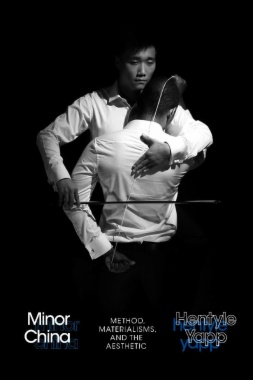The twenty-first century witnessed a new age of whistleblowing in the United States. Disclosures by Chelsea Manning, Edward Snowden, and others have stoked heated public debates about the ethics of exposing institutional secrets, with roots in a longer history of state insiders revealing privileged information. Bringing together contributors from a range of disciplines to consider political, legal, and cultural dimensions, Whistleblowing Nation is a pathbreaking history of national security disclosures and state secrecy from World War I to the present.
The contributors explore the complex politics, motives, and ideologies behind the revelation of state secrets that threaten the status quo, challenging reductive characterizations of whistleblowers as heroes or traitors. They examine the dynamics of state retaliation, political backlash, and civic contests over the legitimacy and significance of the exposure and the whistleblower. The volume considers the growing power of the executive branch and its consequences for First Amendment rights, the protection and prosecution of whistleblowers, and the rise of vast classification and censorship regimes within the national-security state. Featuring analyses from leading historians, literary scholars, legal experts, and political scientists, Whistleblowing Nation sheds new light on the tension of secrecy and transparency, security and civil liberties, and the politics of truth and falsehood.
- Table of Contents
- Acknowledgments
- Introduction, by Kaeten Mistry and Hannah Gurman
- 1. The Paradox of National Security Whistleblowing: Locating and Framing a History of the Phenomenon, by Hannah Gurman and Kaeten Mistry
- 2. From Censorship to Classification: The Evolution of the Espionage Act, by Sam Lebovic
- 3. The Devil’s Advocate: Leonard B. Boudin, Civil Liberties, and the Legal Defense of Whistleblowing, by Julia Rose Kraut
- 4. Celebrity Hero: Daniel Ellsberg and the Forging of Whistleblower Masculinity, by Lida Maxwell
- 5. The Rise and Fall of Anti-Imperial Whistleblowing in the Long 1970s, by Kaeten Mistry
- 6. Winter Soldiers of the Dark Side: CIA Whistleblowers and National Security Dissent, by Jeremy Varon
- 7. From the Mundane to the Absurd: The Advent and Evolution of Prepublication Review, by Richard H. Immerman
- 8. The Public Sphere Hero: Representations of Whistleblowing in U.S. Culture, by Timothy Melley
- 9. Creating Uncertainty, Casting Doubt: U.S. Intelligence Leaks from Reform to Spyware for Sale, by Matthew L. Jones
- 10. Unfit to Print: The Press and the Contragate Whistleblowers, by Hannah Gurman
- 11. The Challenge of Journalism and the Truth in Our Times: James Risen, Judith Miller, and National Security Reporting, by Lloyd C. Gardner
- Coda: Edward Snowden, National Security Whistleblowing, and Civil Disobedience, by David Pozen
- Conclusion, by Kaeten Mistry and Hannah Gurman
- Further Reading
- List of Contributors
- Index

